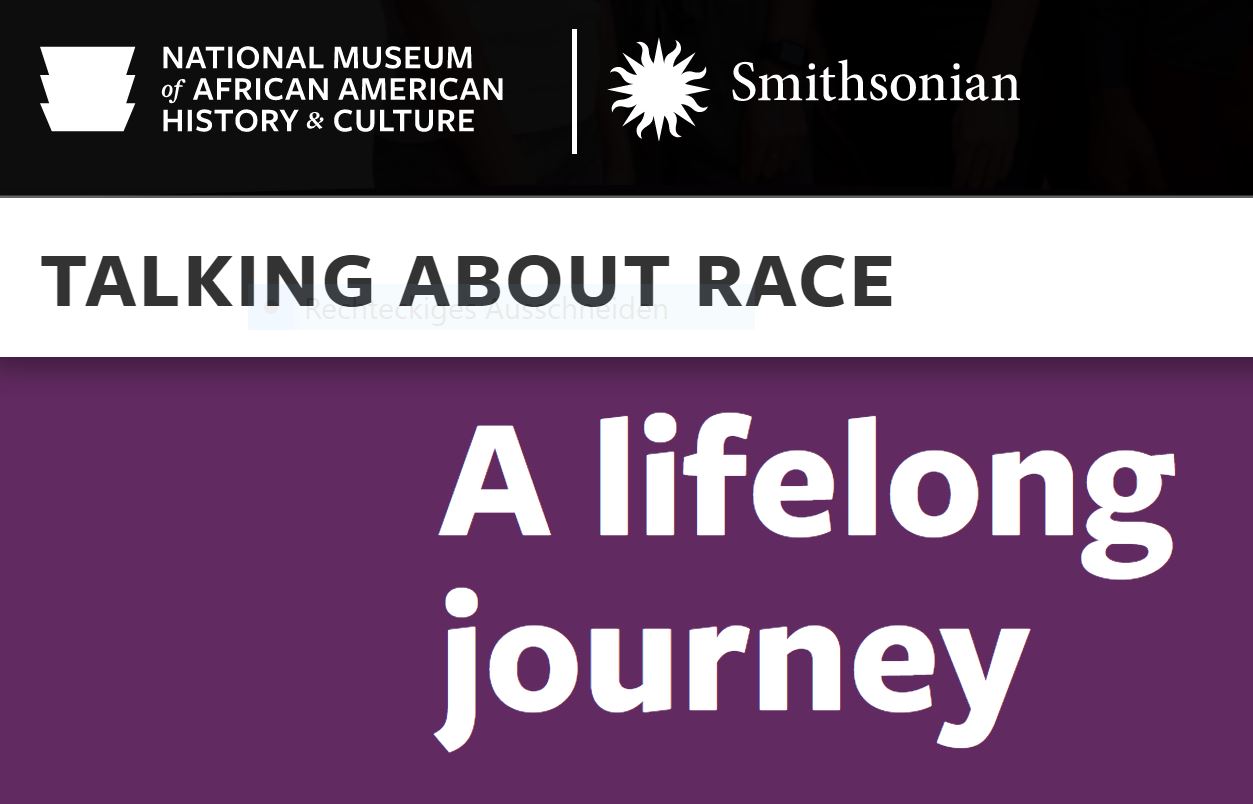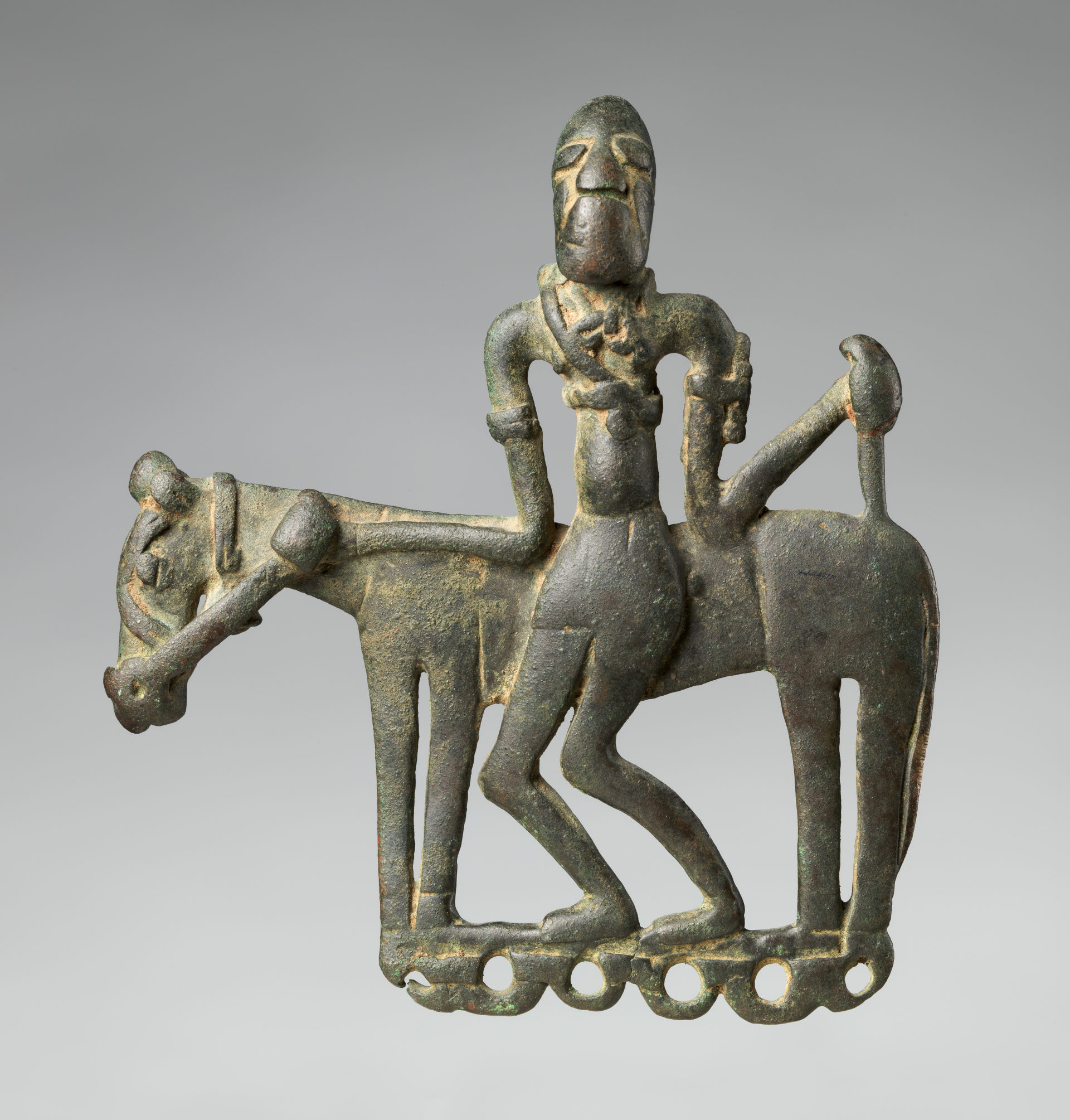UPDATE June 29, 2020: The original post from June 17, 2020 has been updated to reflect new and newfound resources on the topic, which have been added at the bottom.
Museums are responding to the #BlackLivesMatter movement, offering new materials to teach and promote anti-racism. Of course, it is also important to consider how much museums do – not just the resources they offer – to combat racism, such as offering paid internships so that not only financially well-off people can afford them. But making learning resources publically available is another huge and necessary step, central to the museum’s mission as a public institution, which is worth taking a look at. Here are a few case studies that I find particularly heartening.
The National Museum of African American History and Culture set up an entire portal called “Talking About Race” with a wonderfully accessible set of materials (press release here). This portal was already in the works but the publishing date was moved up in light of current events. Here you can explore themes, or select your motivation for visiting the site – I’m a parent / I want to be an advocate / I’m a teacher. There is a beautiful mixture of texts from the historical to the poetic to the pedagogical, alongside videos and photos; it really encourages you to dive in, whatever your favorite mode of engaging is.
The Metropolitan Museum addresses racism in its offerings in other ways. It has posted a letter from the leadership on its homepage, but perhaps more accessible and interesting to most visitors are the other resources. Such as an interview with two Senegalese fellows who worked on the exhibition Sahel: Art and Empire on the Shores of the Sahara, which opened before the pandemic closures. In this way, the museum is not announcing an anti-racist agenda in so many words, but is supporting one through the exhibition and, most of all, through the collaboration with Senegalese specialists.
Another tack is taken by the British Museum, which invited former trustee Bonnie Greer to write about trauma and reclamation on the museum blog. The playwright’s words are powerful and personal. Of museums in particular she writes: “Museums hold arcs. They hold them in the people who work there, in the objects, in the scholarship, and in the building itself. / Reclamation becomes an arc in which truth can be discovered. And perhaps, if we are all lucky, trauma healed.” She envisions museums as containing arcs, precious containers of truth or scripture – but these themselves are inside the people, objects, and research, as well as the building. You might be able to say this about other buildings too, but I think that museums are especially suited to this idea because of their mission of teaching.
The Albertinum in Dresden has organized an exhibition with the title One Million Roses for Angela Davis, dedicatd to the black rights activist’s time in East Germany. Due to open in October, this exhibition is a strong statement against the continuing racism in the region around Dresden. In this way it resembles the fantastic 2018 exhibition in Dresden’s Hygiene Museum, Racism. The Invention of Human Races – one of the best exhibitions I’ve seen, not least for its powerful intervention in a region that sorely needs it.
Further initiatives have come to my attention since the original post on June 19, 2020:
- A museum of contemporary art in Rotterdam, Netherlands has decided to choose a new name in order to distance itself from the colonial figure in its current name, The Witte de With Center for Contemporary Art. Although the museum’s name comes from the name of the street that it is on, Witte de Withstraat (straat=street), the museum recognized in 2017 during a program on decolonization that its name should be changed. Recent events have now prompted faster action, such that the museum will change the name this year and in the meantime is calling itself the “Formerly Known as Witte de With Center for Contemporary Art.” The public is encouraged to weigh in at the online forum and survey!
- A virtual exhibition in honor of George Floyd has been created by Karim Farishta and turned into a full-fledged virtual space that even schools are now showing interest in using. Under the hashtag #ArtforJustic, Farishta solicited artworks that now are displayed in the exhibition. You can visit it here.
Do you know of other museums rethinking their materials and structures to keep pace with the current changes? Let us know in the comments below – we’d love to hear from you!



